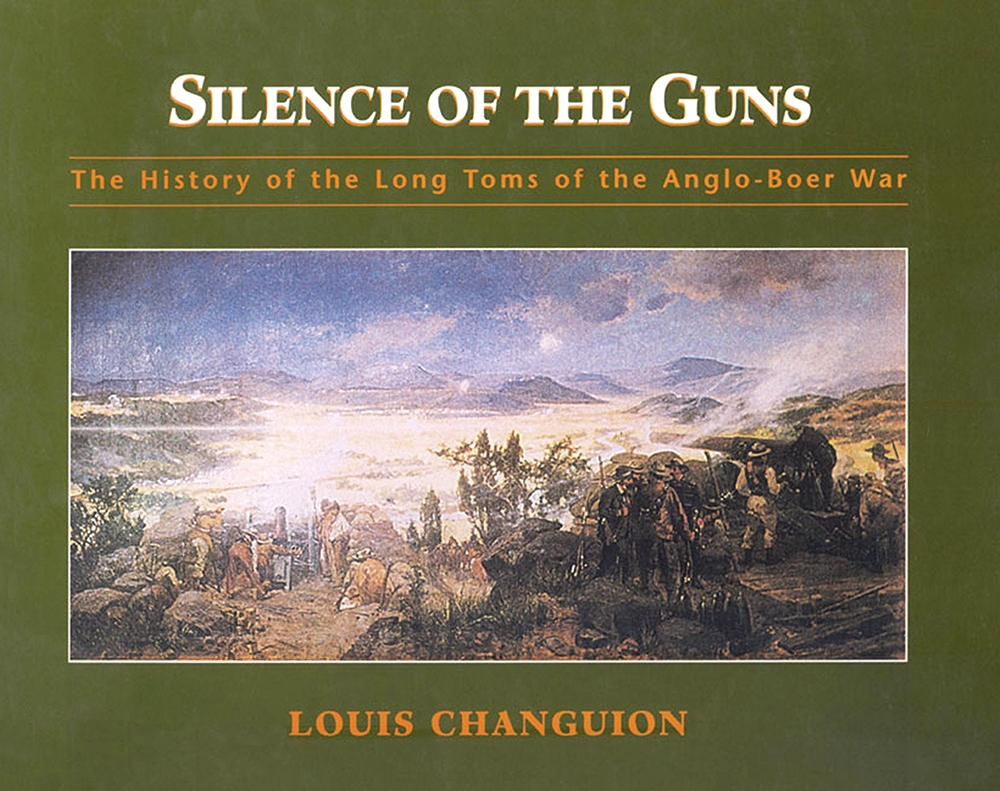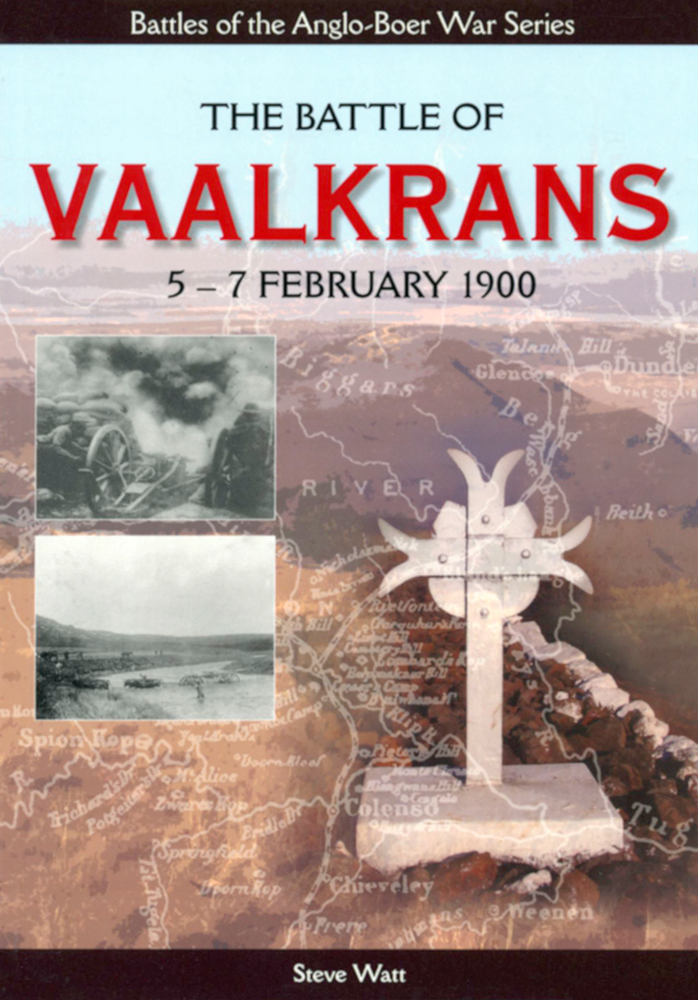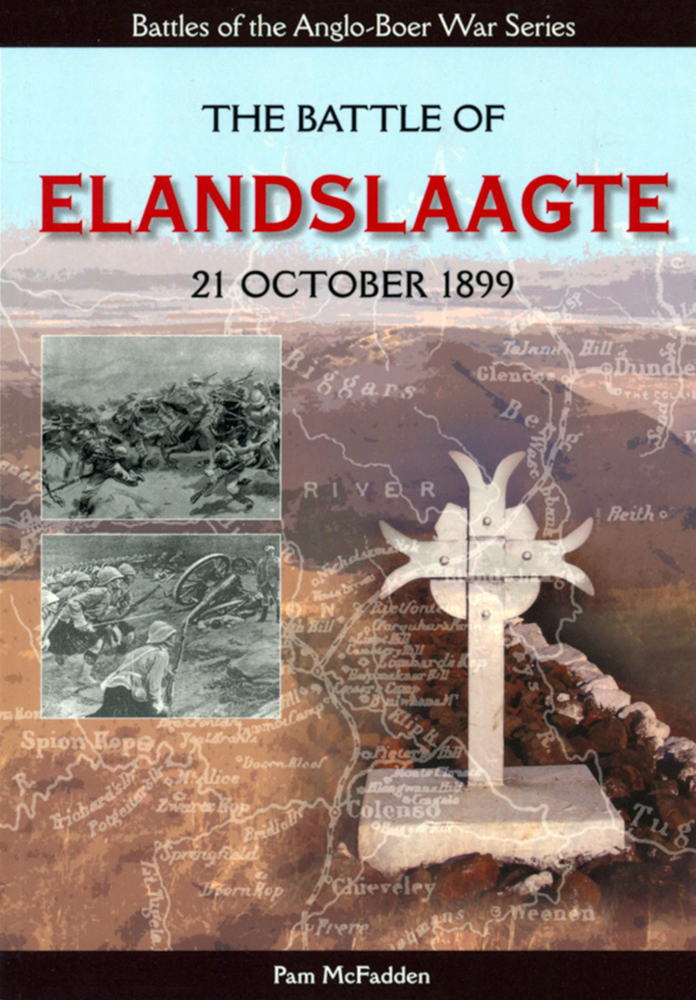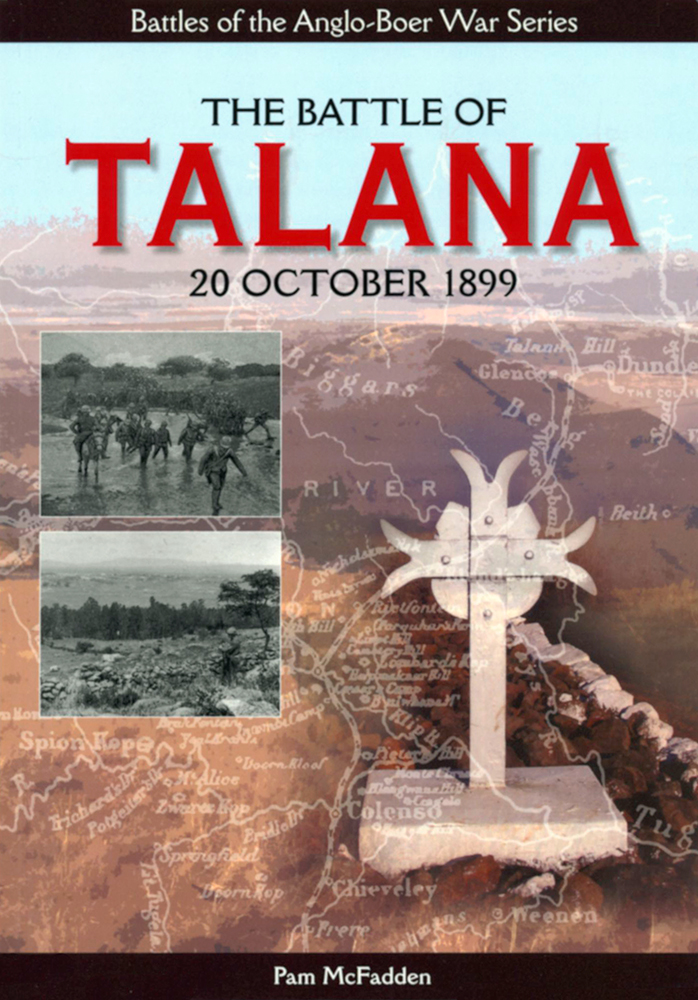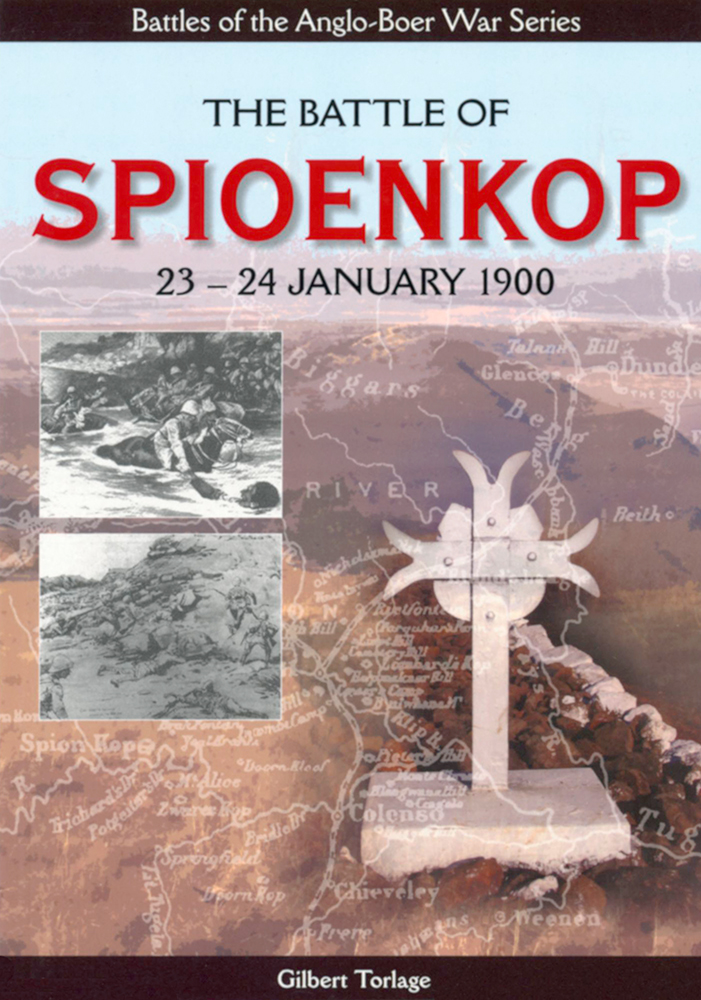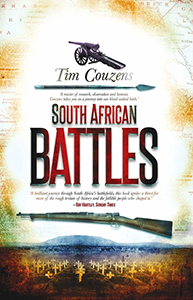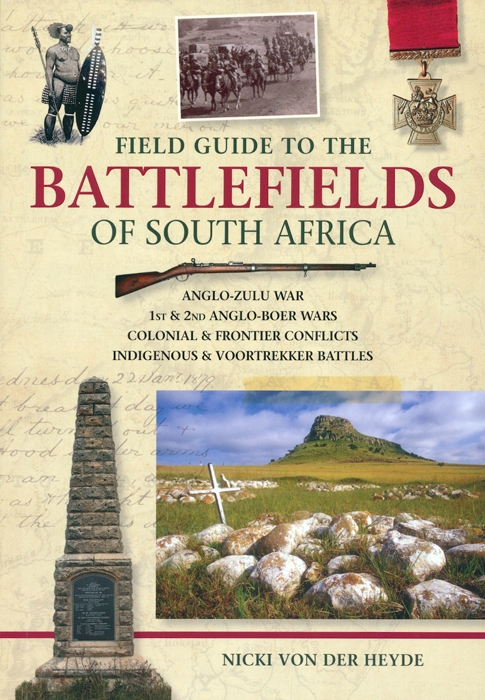Silence of the guns: The history of the Long Toms of the Anglo-Boer War, by Louis Changuion
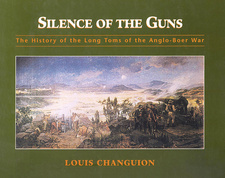
Silence of the guns: The history of the Long Toms of the Anglo-Boer War, by Louis Changuion. Protea Boekhuis. Pretoria, South Africa 2001. ISBN 9781919825502 / ISBN 978-1-91-982550-2
2001, on 30 April, it was exactly a hundred years since the last Long Tom came to its end, a hundred years since it was silenced. Silence of the guns: The history of the Long Toms of the Anglo-Boer War by Louis Changuion, is an endeavour to trace the history of these famous artillery pieces.
The Jameson Raid of 1895-96, when the uitlanders (foreigners) in Johannesburg with help from outside tried to overthrow the government of the South African Republic (ZAR), was in more ways than one a turning point in the history of South Africa. Not only was it one of the major causes of the Anglo-Boer War (1899-1902), but it was also the one event that woke the government of President Paul Kruger to the realisation of how vulnerable the republic was to foreign intervention. The Raid came as something of a shock to the Boers. They were forced to recognise both the British threat and that their own forces and defences were scarcely adequate to meet any onslaught. Nor did the republic have a strong professional army (the only regular troops were small units of policemen and artillerists), but the defence infrastructure was almost non-existent with very outdated and inferior weapons. Therefore, following the Raid, the ZAR made a serious attempt to improve its fortifications and its stock of weapons. The Transvaal State Artillery consisted of approximately 700 men. (Sources, however, differ about the exact number.) At the head of the State Artillery was Lieut.-Col. Henning Pretorius. He passed away in 1897 and was then succeeded by Lieut.-Col. S.P.E. Trichard. On 24 March 1896 the Executive Council of the Boer government decided to fortify the capital in case of any future attempts by a hostile country to overthrow it. A former French artillery officer who had come to the Transvaal in 1895 to install mine machinery, Leon Grunberg, is credited with having conceived of the idea of the forts. Grunberg represented one of the major armaments factories in Europe at the end of the 19th century, Schneider et Cie (Schneider & Co.), based at Le Creusot, France. His compatriot and ex-colleague, Sam Leon, soon joined him. Having received the go-ahead from the government, Grunberg first consulted two of the most senior officers of the State Artillery, Capt. RE. Erasmus (soon to be promoted to Major) and Lieut. PC. Paff, as well as civil engineers E. Lutz and H.C. Werner. It is interesting to note that the plans that he then submitted to the government were similar in design to the Maginot Line in France of many years later (prior to the Second World War). Grunberg suggested that eight forts should be erected around Pretoria on strategic hills as identified by him The ZAR government also asked for submissions from the German engineers, Otto von Dewitz, an ex-artillery officer, and his compatriot, Heinrich C. Werner (both representing the German firm Krupp). The plans that they submitted, after consulting with Capt. Erasmus, for six of the eight sites were quite different from those of Grunberg's.6 Eventually the government commission that was appointed for the purpose and chaired by the head of the ZAR Defence Force, Comdt.-Gen. Piet Joubert, recommended that for a start only four forts should be built around Pretoria. In the meantime the government had decided also to have a fort built in Johannesburg near the railway station. Von Dewitz and Werner received the contracts for the forts on Klapperkop, Schanskop (both to the south of Pretoria), and on Wonderboompoort Hill, north of the capital. Grunberg and Leon got the contract for the fort on Daspoortrand to the west of Pretoria, although not according to their original design but rather more in line with that of the other three forts. Fort Schanskop was the first to be completed. On 6 April 1897 the fort was officially handed over to the government and the next day President Kruger paid it a visit. [...]
This is an excerpt from Silence of the guns: The history of the Long Toms of the Anglo-Boer War, by Louis Changuion.
Title: Silence of the guns
Subtitle: The history of the Long Toms of the Anglo-Boer War
Author: Louis Changuion
Publisher: Protea Boekhuis
Pretoria, South Africa 2001
ISBN 9781919825502 / ISBN 978-1-91-982550-2
Hardcover, dustjacket, 28 x 24 cm, 188 pages, numerous photos, English
Changuion, Louis im Namibiana-Buchangebot
Silence of the guns. The history of the Long Toms of the Anglo-Boer War
Silence of the guns is a most interesting book on the history and the myths of the artillery piece Long Tom which was operated during the Anglo-Boer War.
Weitere Buchempfehlungen
The Battle of Vaalkrans: 5–7 February 1900
The Battle of Vaalkrans on 5 th to 7th February 1900 is part of The Battles of the Anglo-Boer War Series.
The Battle Of Elandslaagte 21 October 1899
The Battle Of Elandslaagte on 21 October 1899 was one of the few tactical victories won by the British during the Second Boer War.
The Battle of Talana
The Battle of Talana, taking place on the 20th October 1899, was the first major engagement of the Anglo-Boer War.
The Battle Of Spioenkop 23-24 January 1900
The Battle of Spioenkop took place from 23 to 24 January 1900 between the Boer and British troops.
South African Battles
South African Battles describes 36 military conflicts of South Africa's long history as well as the battle sites.
Field Guide to the Battlefields of South Africa
The Field Guide to the Battlefields of South Africa presents 71 battles, giving directions and co-ordinates, while timelines place each battle in its time context.

